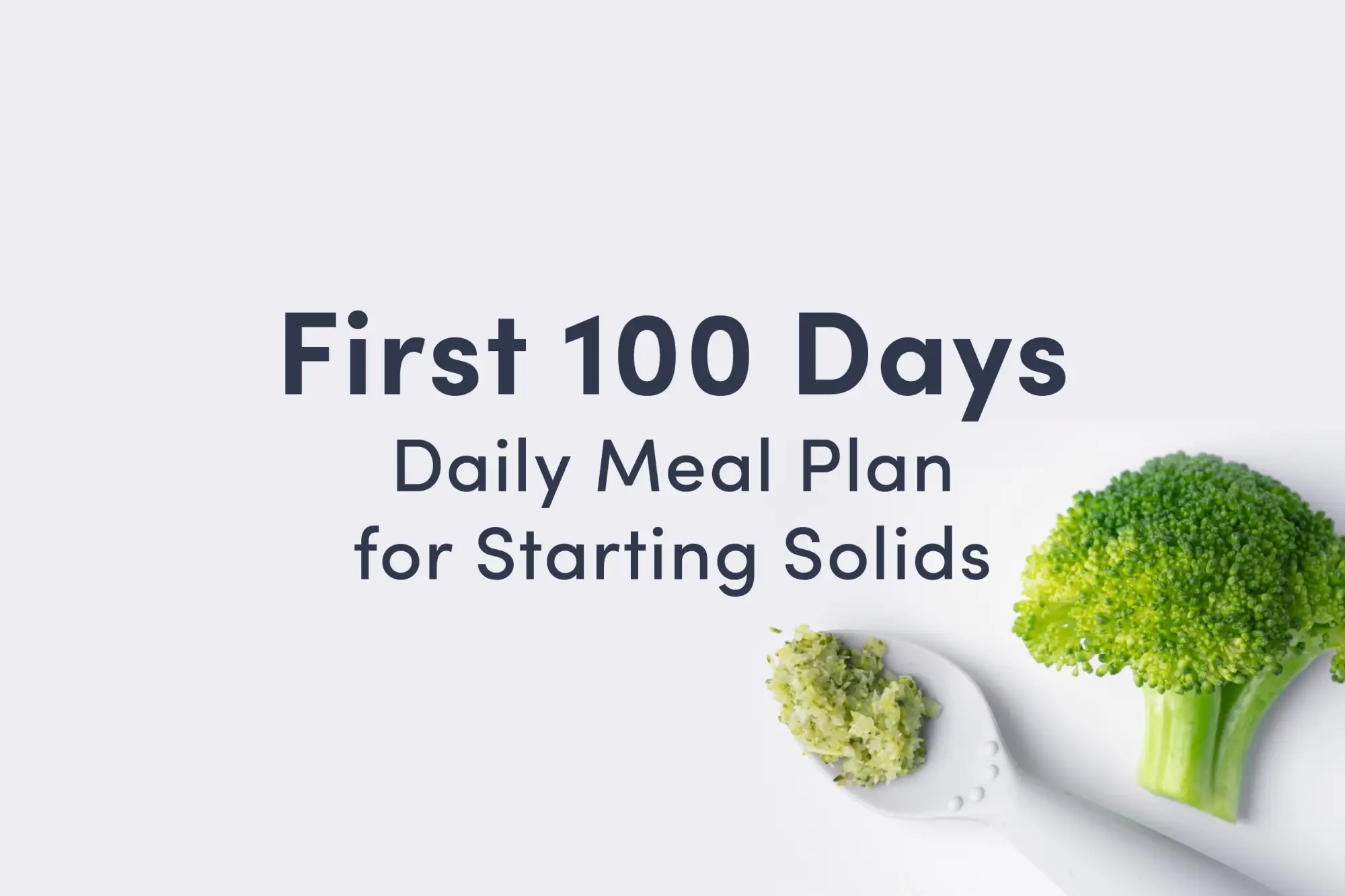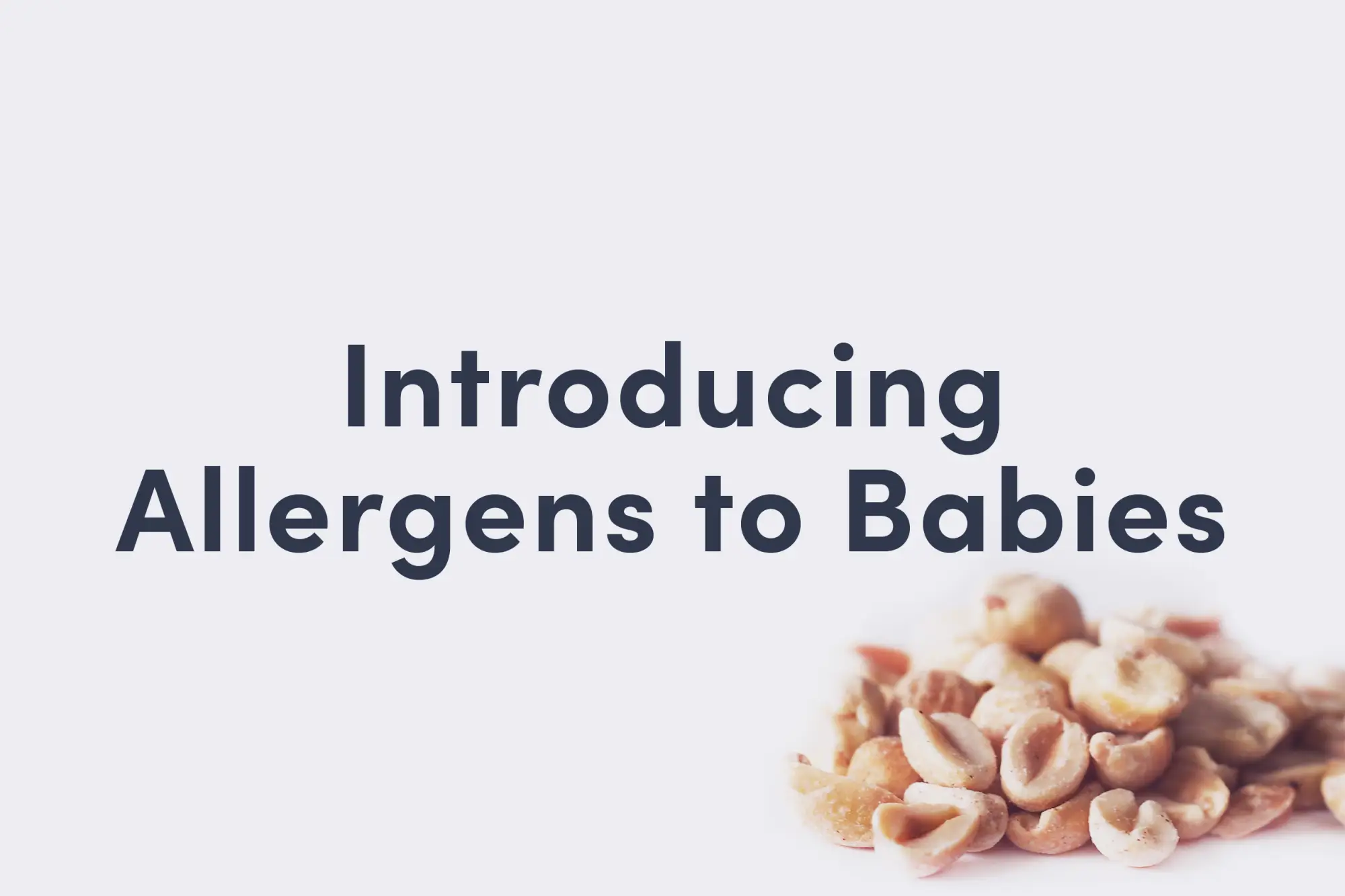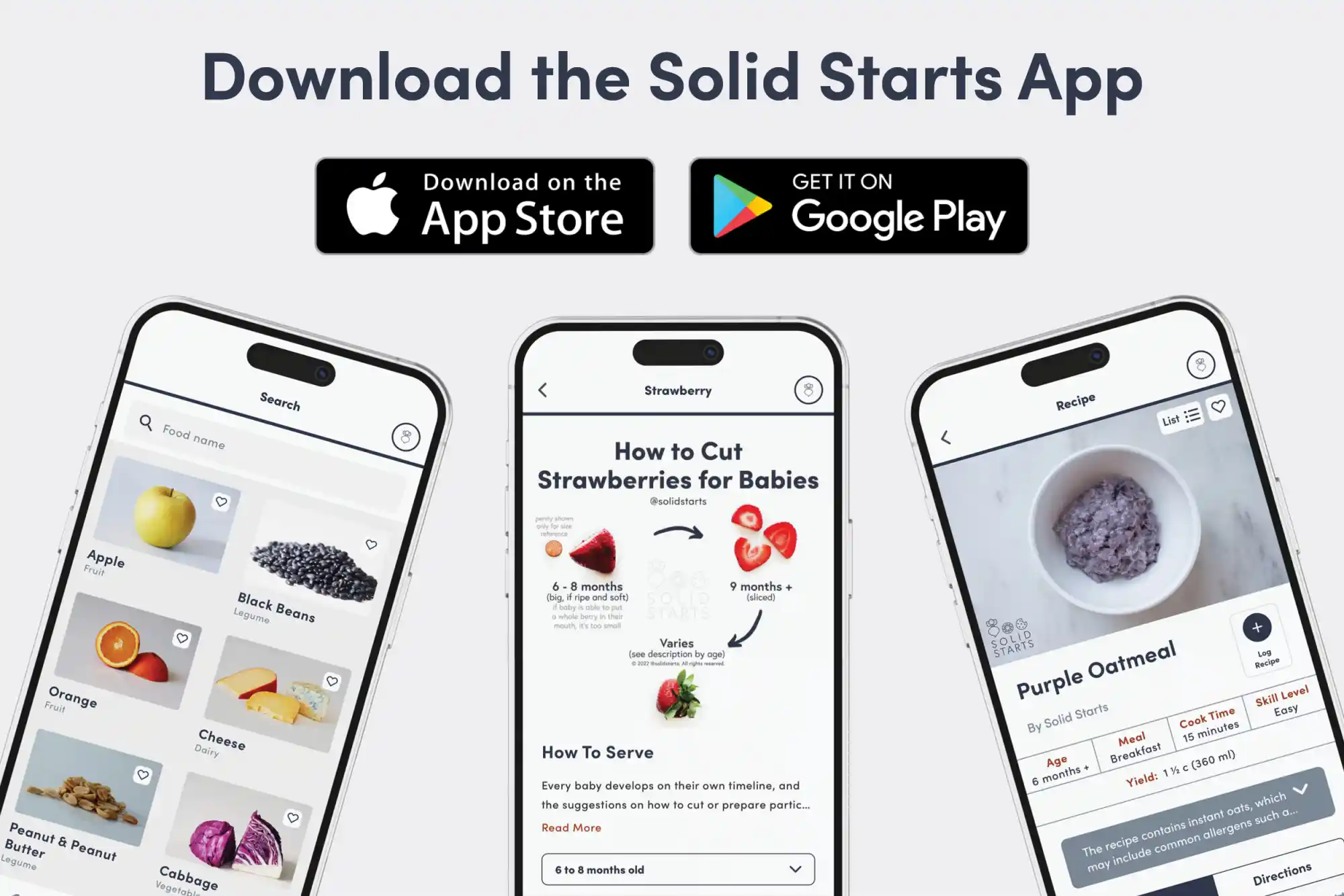
When can babies have yogurt?
Yogurt can be introduced as soon as baby is ready to start solids, which is generally around 6 months of age. Heard babies can’t have dairy? Dairy in the form of a solid food like yogurt is okay to introduce before 12 months, though babies should not be given cow’s milk as a drink until closer to 12 months of age. For more information on introducing milk and dairy products, see our Milk FAQs.
Milk and bacteria might not seem like a match made in heaven, but that’s exactly what yogurt is—milk (from cow, sheep, goat, water buffalo, yak, camel, and more) fermented with bacterial cultures until it is nearly solid. While the word yoghurt is Turkish in origin, the same basic food has been made and eaten throughout Europe, North Africa, and Asia for thousands of years.
Is yogurt healthy for babies?
Yes. Yogurt is rich in protein, fat, and carbohydrates to provide the building blocks for baby’s growth and development. It’s also rich in nutrients such as calcium, zinc, choline, potassium, and omega-3 fatty acids, as well as vitamins A, B6, B12, and D. Together, these nutrients aid in baby’s bone development; eye, skin, and immune health; energy, and much more. Plus, it contains probiotics that help support baby’s developing gut microbiome.
When sharing yogurt with babies under 12 months of age, avoid varieties that contain honey, which is associated with a risk of infant botulism.
★Tip: Large containers of yogurt are typically more affordable per ounce/milliliter than small, single-serving containers.
Does yogurt contain common allergens?
Yes. Yogurt is often made from cow’s milk, which is a common food allergen in young children, accounting for about 20% of all childhood food allergies. And, while many yogurts are made from other milks, dairy products from other ruminants such as sheep, goat, and buffalo may provoke similar allergic reactions to cow’s milk dairy products. That said, there’s good news: milk allergy often disappears with time. Research shows that the majority of children with cow's milk allergy will outgrow it by age 6 and many babies with milder symptoms of milk protein allergy (which can show up as painless blood in stool) are able to successfully reintroduce cow's milk as early as their first birthday, with the guidance of their appropriate pediatric health professionals.
For those with older children who are lactose intolerant (which is actually uncommon for infants), there’s good news as well: yogurt may be better tolerated by those with lactose intolerance, as it has lower lactose content than milk itself and because probiotics in the yogurt also help break down the lactose.
If you have a strong family history of milk allergy or suspect that baby may be allergic to dairy products, you can consult an allergist before introducing yogurt. The allergist may advise you that the risk of home-based introduction is low. Alternatively, you may be offered the opportunity to introduce yogurt under medical supervision in the clinic, also known as an oral food challenge. As with all common allergens, start by serving a small quantity for the first few servings, and if there is no adverse reaction, gradually increase the quantity over future servings.
Is yogurt a choking hazard for babies?
No. Yogurt presents a low risk when safely prepared for a child’s age and developmental ability, though, in theory, an individual could choke on any food. To reduce the risk, prepare and serve yogurt in an age-appropriate way as described in the How to Serve section. As always, make sure you create a safe eating environment and stay within an arm’s reach of baby during meals.
Learn the signs of choking and gagging and more about choking first aid in our free guides, Infant Rescue and Toddler Rescue.
Videos
Which plant-based yogurts are best for babies?
When choosing a plant-based yogurt to share regularly with baby, look for a product with no or low added sugars that is fortified with calcium and vitamin D. Soy yogurt tends to be the most protein-rich substitute and is commonly fortified.
But which plant-based yogurt is best for your family depends on what your priorities are. Some plant-based yogurts don’t contain as much protein, fat, calcium, or vitamin B12 as their animal-based counterparts, which are nutrients that are especially important for vegan babies. If a child has food allergies, know that there are lots of yogurt options to choose from, with ingredients ranging from soy, oat, pea protein, coconut, cashew, almond, macadamia nut, fava bean, cassava, plantain, and more. For more guidance on milk substitutes, see our Milk FAQs.
What is the best yogurt for babies?
Full-fat (or whole milk) plain yogurt that has been pasteurized is best for babies. Greek yogurt is especially helpful for babies starting solids because it clings well to spoons and fingers. Otherwise, specific types of yogurt have different tastes and nutritional strengths, so have fun experimenting. In general, goat yogurt, Greek yogurt, and sheep milk yogurt varieties tend to have more protein than cow milk yogurt.
Is raw milk yogurt safe for babies?
No. Babies have immature immune systems that are still developing, and raw milk yogurt can harbor pathogenic bacteria and other potential contaminants that can increase the risk of foodborne illnesses, which babies are particularly sensitive to. Pasteurization—the process of heating a food to a certain temperature to kill bacteria—helps reduce the risk of foodborne illness and thus makes food safer to eat. For these reasons and more, many medical organizations recommend that all milk for human consumption should be pasteurized. In yogurt making, pasteurization of milk occurs before probiotic cultures are added to create yogurt, so its probiotic benefits are maintained.
How do you serve yogurt to babies?
Every baby develops on their own timeline, and the suggestions on how to cut or prepare particular foods are generalizations for a broad audience.
6 months old +:
Offer full-fat (whole milk), pasteurized, plain yogurt. Greek yogurt is perfect for this age and will be easiest for babies to self-feed. Let baby scoop up the yogurt with their hands and/or eat from a pre-loaded spoon (passing the spoon in the air will make it easier for baby to grab). If you have already successfully introduced nut or seed butters, mixing them into yogurt will pack an extra nutritional punch and make the yogurt a bit thicker (and, thus, less likely to fall off the spoon).
9 months old +:
At this age, babies may be able to pick up pre-loaded spoons independently. Continue to offer full-fat (whole milk), pasteurized, plain yogurt or full-fat Greek yogurt and give baby plenty of opportunities to pick up the pre-loaded spoon independently. Note that many babies will tire with this activity quickly so don’t worry if you need to go back and forth between letting baby eat yogurt with their fingers, a pre-loaded spoon handed over the air, or a pre-loaded spoon resting on the edge of a bowl. Multiple spoons at the same time can help.
12 months old +:
In this age range, if you are still pre-loading spoons and handing them over in the air, this is a good time to pre-load the spoon and leave it on the edge of the bowl for the toddler to pick up independently and practice using. Be patient: consistent, independent utensil use may not come until after 2 years of age. Importantly, it is very common for toddlers and kids to consume too much dairy, which can lead to iron deficiency anemia. A child only needs around 2 to 2.5 servings of dairy per day or an equivalent calcium-rich food. Check out our Milk FAQs for more information.
For more information on how to cut food for babies, visit our page on Food Sizes & Shapes.
Written by
Expert Tips Delivered to Your Inbox
Sign up for weekly tips, recipes and more!
The content offered on SolidStarts.com is for informational purposes only. Solidstarts is not engaged in rendering professional advice, whether medical or otherwise, to individual users or their children or families. No content on this site, regardless of date, should ever be used as a substitute for direct medical advice from your doctor or your medical or health professional, nutritionist, or expert in pediatric feeding and eating. By accessing the content on SolidStarts.com, you acknowledge and agree that you are accepting the responsibility for your child’s health and well-being. In return for providing you with an array of content “baby-led weaning” information, you waive any claims that you or your child may have as a result of utilizing the content on SolidStarts.com.







